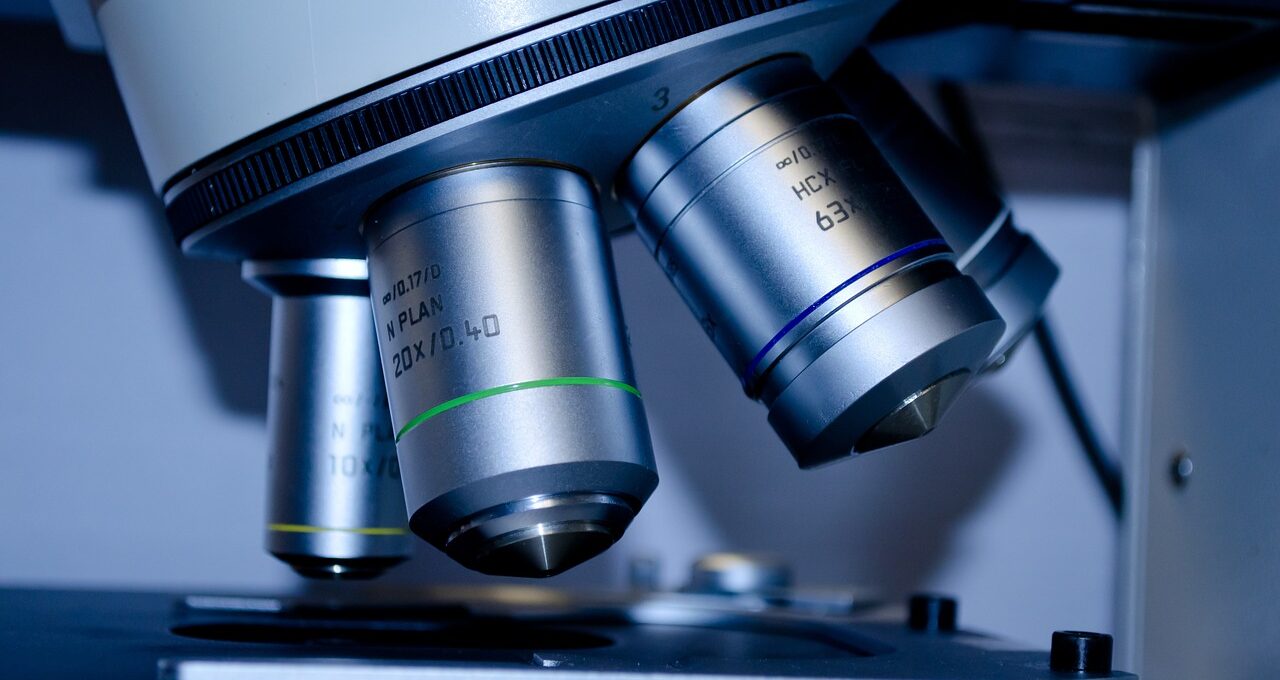CSL Limited has delivered a strong performance for the first half of the 2025 financial year, reporting a net profit after tax (NPAT) of $2.01 billion, a 6% increase year-on-year. This is even more impressive when considering a 7% jump when factoring in constant currency. The company’s NPATA (Net Profit After Tax and Amortisation) reached $2.07 billion, a 5% rise at constant currency to $2.11 billion, reflecting robust demand for its therapies, especially from CSL Behring.
Key Growth Drivers: CSL Behring and CSL Vifor
CSL Behring led the charge, with revenue growing by 10% to $5.74 billion. Immunoglobulin (Ig) products alone saw a 15% surge, underpinned by strong global demand and rising diagnosis rates. Its subcutaneous product, HIZENTRA®, was a particular highlight, with a 16% rise in sales, driven by increased uptake of the 50ml pre-filled syringe.
The company’s haemophilia treatments also performed well, with growth driven by the success of IDELVION® and HEMGENIX®, CSL’s gene therapy for haemophilia B. Plasma collections are also on the rise, supported by the roll-out of RIKA plasmapheresis devices, which should help further reduce collection costs.
On the flip side, CSL Seqirus, CSL’s flu vaccine arm, faced a rough period with a 9% drop in revenue. This was largely due to low immunisation rates in the United States, impacting sales of key flu vaccines like FLUAD® and FLUCELVAX®. However, CSL Seqirus did secure several tenders for the H5 bird flu outbreak, which should provide a financial boost in the second half.
Meanwhile, CSL Vifor, focused on iron deficiency and nephrology treatments, posted a 6% revenue increase. Strong iron sales in Europe, coupled with growth in nephrology products, helped offset competition from generics.
Looking Ahead: Steady Growth on the Horizon
CSL has reaffirmed its FY25 guidance, forecasting NPATA of around $3.2 billion to $3.3 billion, which would represent 10-13% growth over FY24. The company’s core franchises, particularly Ig therapies and CSL Vifor’s iron and nephrology products, are expected to continue driving growth. However, CSL Seqirus remains an area of concern, with low immunisation rates still challenging the flu vaccine market.
With a strong balance sheet and a healthy cash flow of $1.26 billion from operations, CSL is well-positioned to navigate these challenges and deliver sustained growth in the coming years. The company’s strategy remains focused on improving gross margins and expanding its product portfolio, especially in the nephrology space.
So, despite some headwinds, CSL is on track to deliver steady, long-term growth, buoyed by its diverse portfolio and ongoing product innovations.





